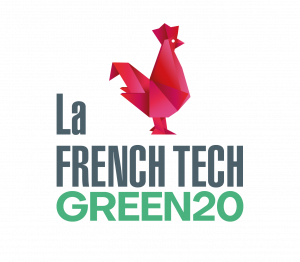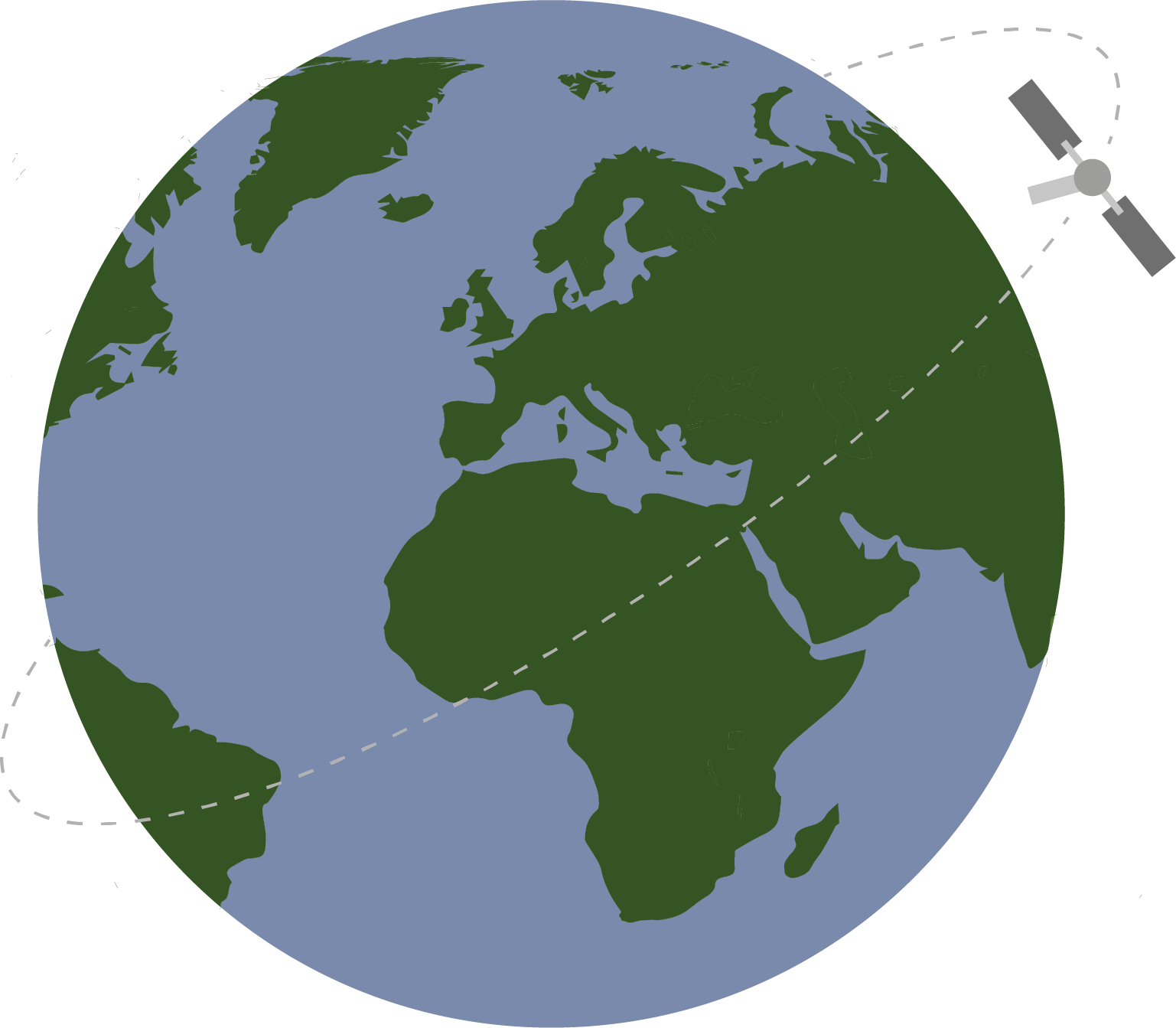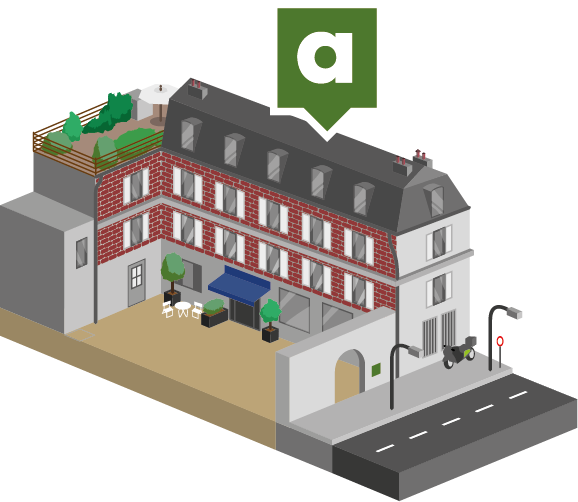There are enormous ecological challenges on the horizon. To optimise our actions and maximise their impacts, we must understand the various potentials and solutions involved in the ecological transition. At namR, we work to make data actionable.
Certified by the Green Tech, French Tech Green 20 and Finance Innovation labels, our company currently employs around fifty members of staff.





There are enormous ecological challenges on the horizon. To optimise our actions and maximise their impacts, we must understand the various potentials and solutions involved in the ecological transition. At namR, we work to make data actionable.
Certified by the Green Tech, French Tech Green 20 and Finance Innovation labels, our company currently employs around fifty members of staff.



A context driven by an ambitious ecological journey centred on buildings
Given the current ecological emergency, strict requirements must be met with regard to transforming building stocks.
Firstly, we must reduce the carbon footprint of buildings, a goal supported by the EU in its commitment to a 60% reduction in building emissions by 2030. Two main ways to achieve this involve implementing energy renovation for buildings and harnessing their renewable energy production potential (particularly for photovoltaic power).
Secondly, we must assess the vulnerability of buildings toward climate change and identify measures for adapting them. The CSRD (Corporate Sustainability Reporting Directive) is a new EU measure that requires companies with over 250 employees to account for “physical” and “transitional” climate risks in their non-financial reporting. Rigorous assessments must be carried out regarding physical climate impacts that are likely to affect business activity, based on short-, medium- and long-term climate projections. A sizeable portion of this reporting concerns the exposure of these companies’ real estate portfolios to climate risks, which requires good-quality data on buildings.
Lastly, natural resource conservation (i.e. water and biodiversity) presents further concerns for the evolution of building stocks. These include redesigning urban infrastructure in order to accommodate nature within the city, recreating green and blue belts in regions while meeting housing production targets, and finding solutions to protect water resources both qualitatively and quantitatively within artificial areas.
All this must also occur within a regional development context of net-zero artificialisation, meaning that priority must be given to building stock that is “already there”.
In light of these unprecedented regulatory constraints relating to ecological risks, all economic entities involved in buildings must act now in order to maintain and grow their business.

A unique value proposition to meet the needs of the various stakeholders in the building sector
We firmly believe that existing buildings and already-developed regions offer a wellspring of solutions. In order to reach climate transition targets, we must tap into and nurture their transformation potential.
At namR, we have developed a unique database that provides an analysis of every building in a given area. We have gathered data for all 34 million buildings in France, examining both their structure (dimensions, roof materials etc.) and their areas of ecological potential, development and transformation (with regard to three focuses: decarbonisation, climate resilience and nature-friendly development). For each focus, data helps us target the best solutions for developing and renovating every building. The goal of these efforts is to enable individuals and entities involved in the building value chain to activate the ecological potential of a given building, real estate portfolio or region. Using precise, practical industry recommendations, we help people maintain and upgrade the value of their real estate.

